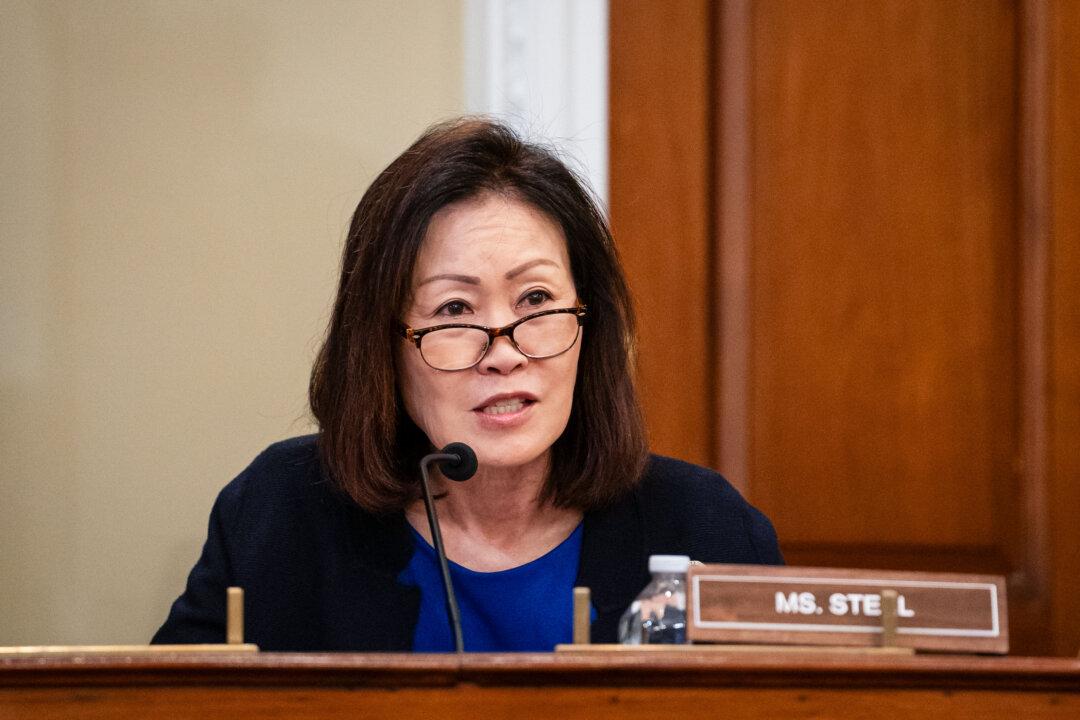As 2024 unfolds, the ongoing debate between working from home and returning to the office continues. But, an increasing number of remote workers nationwide are opting to return to their office desks.
A recent study showed that four California cities ranked among the top 10 in the U.S. for declines in stay-at-home or remote work.
Santa Ana, the second most populous city in Orange County, topped the list with the most significant decline of 45.1 percent in 2022, according to the study done by llc.org, a website that provides information on how to start a limited liability company.
Bakersfield had a 28.8 percent decline, Fremont, located in the San Francisco Bay Area, a 28.4 percent decrease, and San Jose showed a 28.1 percent decline, according to the study.
Nationally, three cities that trailed behind Santa Ana were Norfolk, Virginia, Huntsville, Alabama, and Toledo, Ohio.
“That has been a surprising evolution,” Elizabeth Brink, a workplace strategist at the firm Gensler, told the Los Angeles Times in an interview regarding a separate study saying that more workers prefer to be in the office. “People find they are more productive at the office.”
In terms of statewide averages, East Coast states have experienced the most significant decline in remote work, with New York, New Jersey, and Rhode Island taking the lead. California, securing the 10th position, demonstrated a 16 percent decrease, according to the study.
Based on the study, the kind of work offered in cities contributed greatly to people returning to the office.
Industries like manufacturing, retail, and healthcare in Santa Ana—which typically require in-person work—likely accelerated the decrease in that city’s remote workers.
Additionally, Norfolk’s thriving Chesapeake Bay port required workers to return to in-person positions, according to the study. Similarly, in Huntsville, centered around NASA’s Marshall Space Flight Center, workers are needed predominantly on-site.
The type of industry is also evident in areas where remote work has seen an increase.
Glendale, Arizona, topped the list with a 37.5 increase in remote workers—possibly attributed to the city’s growing remote-friendly sectors like technology, biotech, research, and financial analytics, the study showed. Such an increase was a result of 6,067 new remote workers added to the city since 2021.
Buffalo, New York; Laredo, Texas; Spokane, Washington; and Arlington, Texas, also had increases in remote workers.
The shift to remote work, prompted by the pandemic, has additionally led to the abandonment of offices.
San Francisco—a once-renowned location that held status as one of the world’s priciest commercial real estate markets—experienced a record-breaking vacancy rate of over 31 percent in May, marking the highest ever documented in the city.
John Chachas—owner of the Gump’s, a historic San Francisco luxury retail shop—criticized the city’s lack of effort to bring people back to office work after the pandemic. He recently announced he is closing the shop, after 165 years in business, due to the city’s deteriorating homelessness crisis and an unfavorable business climate.
“All you have to do is walk around the central business district or the central retail districts in San Francisco or walk [Manhattan’s] Madison Avenue from 59th Street to 96th Street and see how many empty storefronts [are] on both sides of that,” he said in an interview last September on EpochTV’s “California Insider.”
In fact, he said, companies are actively promoting remote work as a means to reduce expenses. Such vacancies have also occurred in governmental agencies.
Federal employees at the Nancy Pelosi Federal Building in San Francisco were advised by state health officials last August to work remotely whenever possible due to concerns regarding drug use and surging crime near the downtown building.
“You and I are paying taxes so [the government] can rent the building. And yet the people that work in the building are told not to go to their office. ... When people aren’t in their offices, cities die. That’s it. Period,” Mr. Chachas said.





